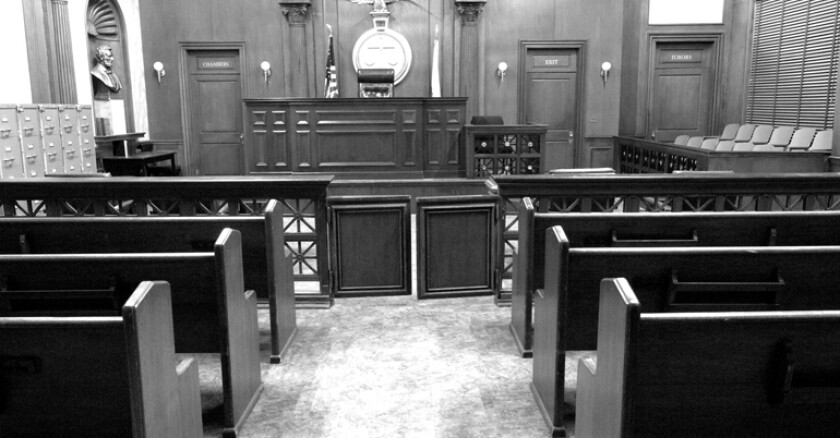Increasingly, individuals are navigating this system without legal assistance, sorting through forms, procedures and rules that are difficult, if not impossible, to handle without legal training. The proportion of civil cases in which at least one side didn't have a lawyer was 76 percent in 2013.
Many unrepresented litigants simply make no effort to pursue their rights or defend themselves. Most debt-collection cases, for example, end in a default judgment in favor of the creditor because the defendant fails to respond to the complaint. This may happen because the defendant is indeed in arrears and decides to do nothing, or because he or she is unaware of the lawsuit, feels little hope of success or cannot leave work to go to court.
Judicial leaders have made clear that this is one of the most pressing problems facing our courts. In 2015, the Conference of Chief Justices and the Conference of State Court Administrators issued a joint resolution calling for everyone to have access to effective assistance for their essential civil legal needs.
But it should also be a priority for elected officials. Governors, mayors and lawmakers across the political spectrum are focused on creating economic opportunity and protecting public safety. It is difficult to achieve these goals when legal conflicts cannot be resolved efficiently. And the high volume of people spending significant time trying to handle court proceedings has a ripple effect on the business community: Employers lose money for time that workers must be in court, and businesses that seek to resolve disputes are stuck in the same courts and face costly delays to resolution.
Traditionally, government officials have sought to improve access to the courts by increasing funding for legal aid and encouraging private attorneys to provide pro bono services. While both approaches are necessary to improve access to legal services, neither has been sufficient. The number of free legal services will never be enough to meet the need, and adding more lawyers does not itself modernize the antiquated civil legal system.
In addition to providing legal services, it is important to find ways to help litigants better represent themselves while also helping courts become more efficient. To that end, state and local governments should invest in new tools that use the power of technology to free lawyers to work on more complex cases. Indeed, state and county governments are experimenting with legal information portals, which change the way people access the justice system, and other technologies that move targeted court processes online.
Legal information portals are web-based tools that use clear, simple language to help people diagnose and troubleshoot their legal problems. Some states are already taking advantage of these new tools. Today, residents of Illinois, Michigan and much of New England can go online, submit information about a legal question, and find relevant resources and information tailored to their needs. New technology makes portals work smarter and more effectively. Thanks to leadership from the chief justices in Alaska and Hawaii, residents of those states will soon have access to portals that use artificial intelligence to understand common-language questions, diagnose legal problems and provide a path forward.
Courts in Utah and at least 15 other states are beginning to use or explore another technology, online dispute resolution, to move the court process entirely online. On a computer or mobile device, people can take every step in the court process -- learn about their legal rights, provide materials and evidence, complete other procedural steps, avail themselves of negotiation and mediation tools, and obtain court-enforced resolution of their disputes -- without ever going to a courthouse.
These promising strategies are still in their infancy. It remains unclear what impact they can have or how government can apply this technology effectively. The Pew Charitable Trusts has launched an initiative to explore and evaluate these technologies. Our goal, in partnership with technology companies, state court officials and organizations including the National Center for State Courts, Legal Services Corp. and the American Bar Association, is to modernize key aspects of the nation's civil legal system and make it more accessible to the public.
We will work to increase access to free online legal tools, develop new platforms to help people interact with the courts and conduct data-driven evaluations of how these tools perform. The initiative will also identify policies that can improve outcomes for people involved in civil litigation, and will build partnerships with other stakeholders, policymakers and the private sector to modernize the civil legal system.
If state and local government leaders look closely at the challenges facing the civil legal system, the need for innovation becomes clear. Leaders from all three branches of government have the opportunity to modernize our legal system and truly provide equal justice under law for all Americans.









